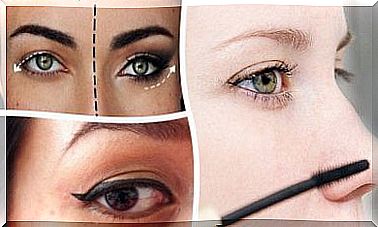Anxiety Disorder – The 7 Most Common Types
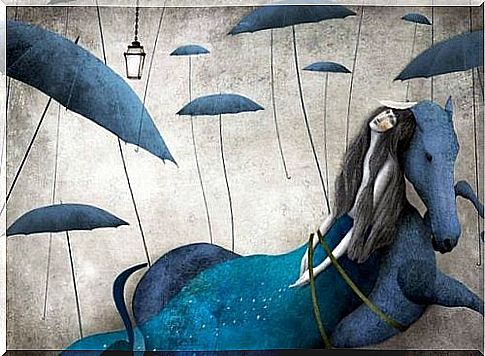
Anxiety disorder is undoubtedly a terrible problem that affects many of us sometimes.
When it comes to this psychological dimension, we often get the impression that anxiety is a unitary issue. In reality, however, there are different degrees of anxiety. The origin of the problem and personal situations have a major impact on him. Psychologists claim that there are 7 types of anxiety.
One thing must be clear: anxiety is a natural emotion. When kept under control, it triggers certain psychological mechanisms that help us cope with situations of insecurity or the need to struggle to achieve a goal.
Unfortunately, it often happens that our fears overwhelm us. In these moments, our brain triggers a series of processes that cause us to lose our self-control.
It is good to know as much as possible about the 7 types of anxiety mentioned above. But don’t forget that if you feel out of control and helpless, you may need the help of a specialist.
1. Generalized anxiety disorder
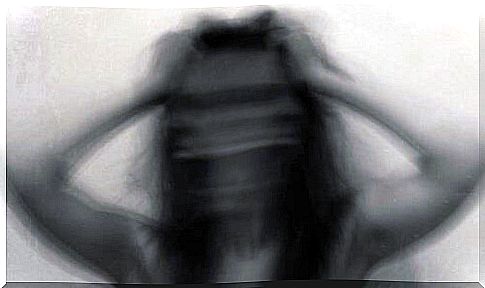
Generalized anxiety disorder is the most common type of anxiety. It affects millions of people around the world. Every man, at some point, can experience seemingly tense and nervousness for no reason.
This type of anxiety causes insecurity and a painful feeling of emptiness. Triggers can vary: a job interview, a public presentation, a conflict, a change in routine, situations where we have to try something new…
However, generalized anxiety disorder is not always caused by a particular situation. Sometimes the cause may be that we live in a permanent state of worry.
Here are the main symptoms of this type of anxiety:
- Constant restlessness, irritability, nervousness or loss of self-control
- Fatigue and frequent loss of energy
- Tightening of the muscles, especially those of the back, neck and shoulders
- Difficulties concentrating on tasks and activities
- Obsessive negative thoughts or catastrophic thoughts
2. Social phobia

Social scenarios cause you constant discomfort, anxiety and worries.
People who suffer from social phobia may be afraid of crowded spaces, especially if they have to get involved in an activity such as public speaking, a debate or a presentation. A simple task, such as returning an item of clothing, can trigger an episode of anxiety.
The symptoms of social phobia are:
- A feeling of fear or helplessness when you have to interact with strangers or get involved in social situations.
- The obsessive thought of being watched and judged by others.
- Cold sweats, stuttering or a feeling of emptiness in the stomach when you meet a new person or you are in a situation you can not control.
3. Panic disorder
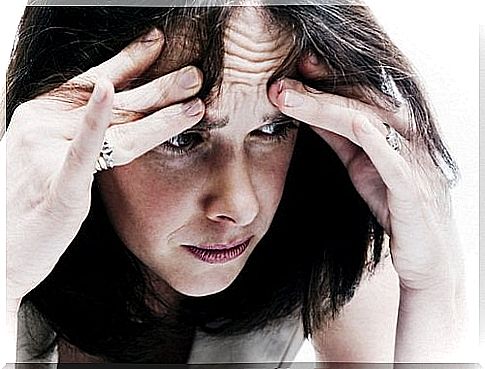
Panic disorder is a very debilitating type of anxiety. Because of this, you may be overwhelmed by the feeling that you are dying, that you will have a heart attack, that you will get injured or that a certain individual wants to hurt you.
Panic disorder is a so-called “feedback disorder”. Because you are already familiar with anxiety and panic attacks, you are afraid that you will experience them again.
Panic attacks are intense physical and mental sensations, triggered by stress. Strange as it may seem, they are sometimes seemingly pointless. This disorder is very complex and only those affected can truly understand it. Here are the most common symptoms:
- Tachycardia
- Excessive sweating
- A feeling of numbness or weakness
- A feeling that you have left your body
- Difficulty breathing
- Vertigo or dizziness
- Chest or stomach pain
- Digestive disorder
4. Agoraphobia
Everyone has heard of agoraphobia. This involves the fear of open spaces, exceeding the usual limits and entering unknown places.
If you suffer from agoraphobia, it does not necessarily mean that you are afraid to leave the house. Many people affected by this type of anxiety can leave their home as long as they follow a fixed routine (for example, home-service-supermarket-home).
Agoraphobia is closely linked to panic disorder. When the patient finds himself in an open space, he experiences the symptoms mentioned above.
5. Specific phobias

Almost every person suffers from a certain phobia: the fear of spiders, clowns, loud noises, thunder, knives… These fears are natural and, as long as we do not think about them obsessively and do not affect our quality of life, they is not a problem.
But if you do not leave the house because you are afraid that you will be attacked by a spider, that it will rain and flash or that a dog will bite you, you may suffer from a serious phobia. Here are the symptoms of phobias:
- Excessive and constant fear of something
- An immediate feeling that you are threatened or attacked
- The total inability to control your fear, even though you know it is irrational
- A complete restriction of your usual routine
6. Post-traumatic stress disorder
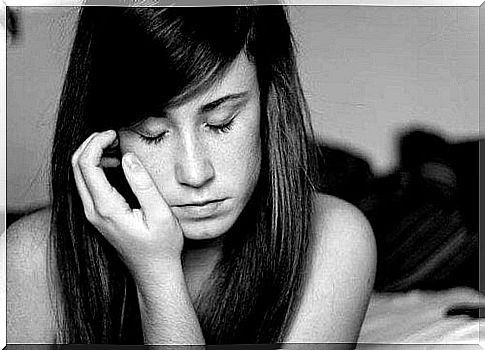
Unfortunately, safety in life cannot always be guaranteed. Sometimes we will not feel protected, respected or loved. Trauma leaves its mark, and accidents, conflicts, loss and shock are events that hurt and change us both internally and externally.
Here are the main symptoms of post-traumatic stress disorder:
- Reliving traumas. The most common symptom of post-traumatic stress disorder is the constant relapse of the trauma in question. Often a seemingly minor event can trigger the process of remembrance and reliving the suffering.
- Recurrent anxiety is another symptom of this disease. Although the memories, over time, may become less intense, the trauma caused by that event has changed you in a significant way.
- Anxiety will manifest itself in many forms in daily life: insomnia, fatigue, difficulty concentrating, etc.
7. Obsessive-compulsive disorder

Last but not least, obsessive-compulsive disorder is a very destructive anxiety disorder. In general, those who observe it from the outside do not understand why the affected people become enslaved to certain meaningless rituals, rages and repetitive behaviors.
But it is important to know the differences between compulsions and obsessions. These two terms refer to different issues. Here are their specific features:
- Obsessions are worries centered around a specific (and almost always negative) thought that the affected person cannot give up (“He or she will leave me”).
- Compulsions are actions that a person takes to deal with an obsession. Those affected may, for example, lock the front door several times to feel safer or wash their hands repeatedly to avoid infections.
Remember, each of us is affected by anxiety from time to time
The 7 types of anxiety presented in this article represent the main clinical categories. Depending on the origin of the problem, the patient may need specific treatment.
If it does not become extreme, anxiety is just an emotional state that comes and goes. It is essential to learn how to fight it properly.

